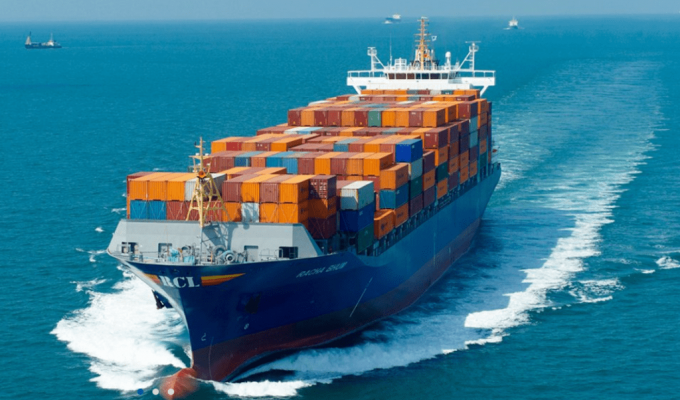Long-haul vision blurred, intra-Asia carriers move into ship-chartering
Small and mid-sized intra-Asia carriers that ordered large newbuildings to enter long-haul trades during the ...

The government has told Port Authority of Thailand (PAT) to establish a national liner operator by mid-2022 to overcome high freight rates and see more exports transported by local carriers.
Transport minister Saksayam Chidchob has formed a Preparatory Committee on the Establishment of the National Shipping Line ...

Comment on this article